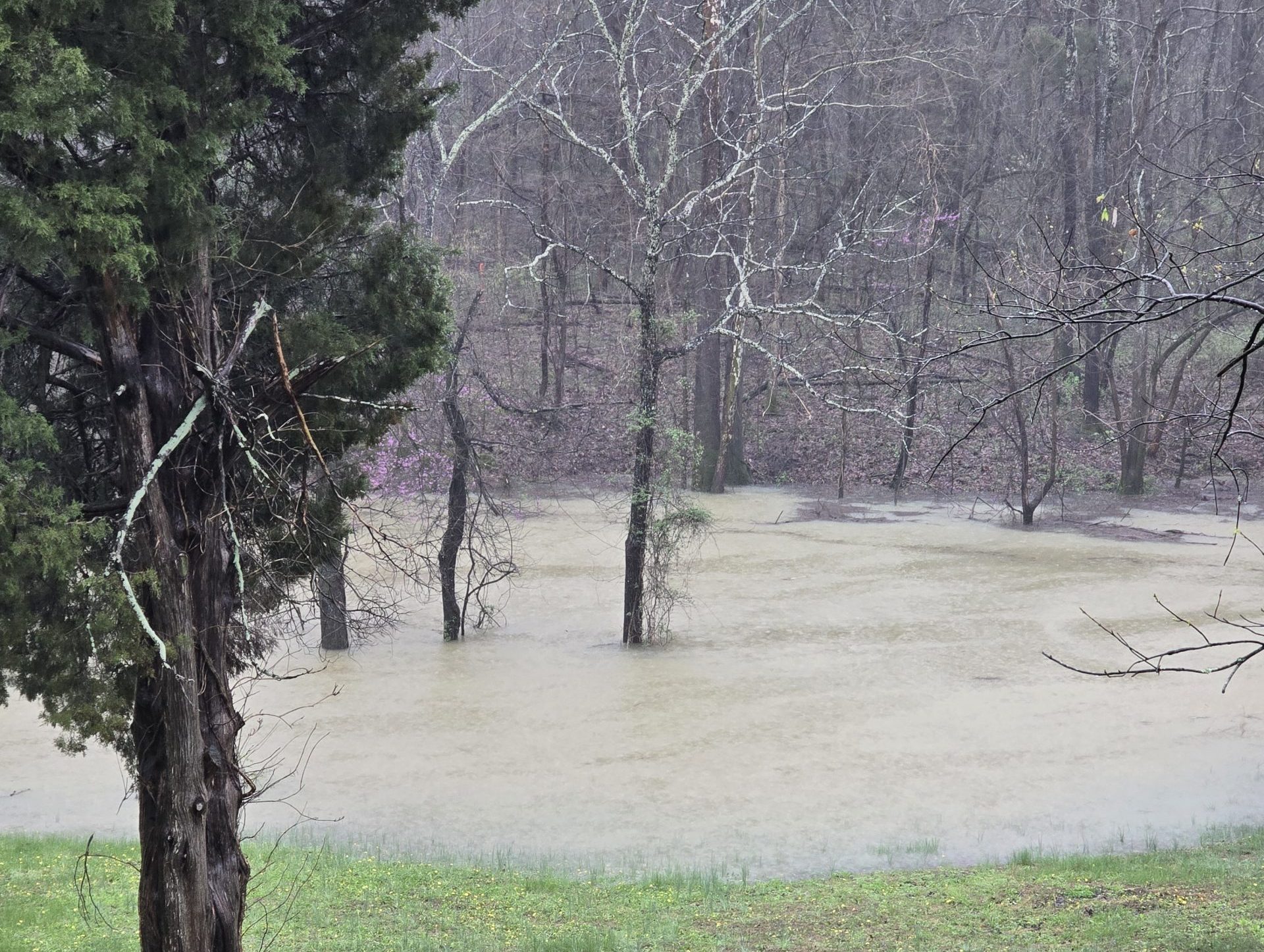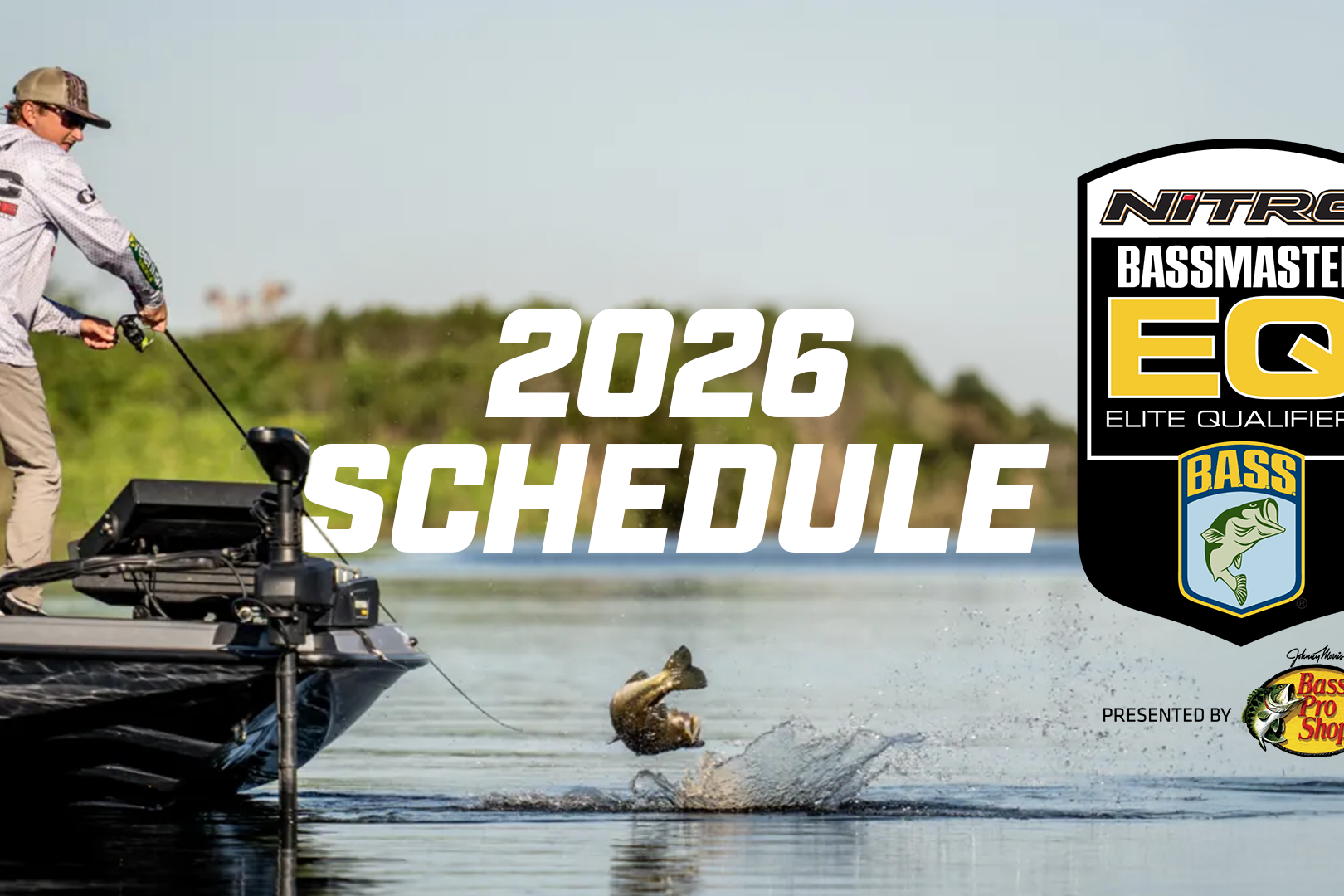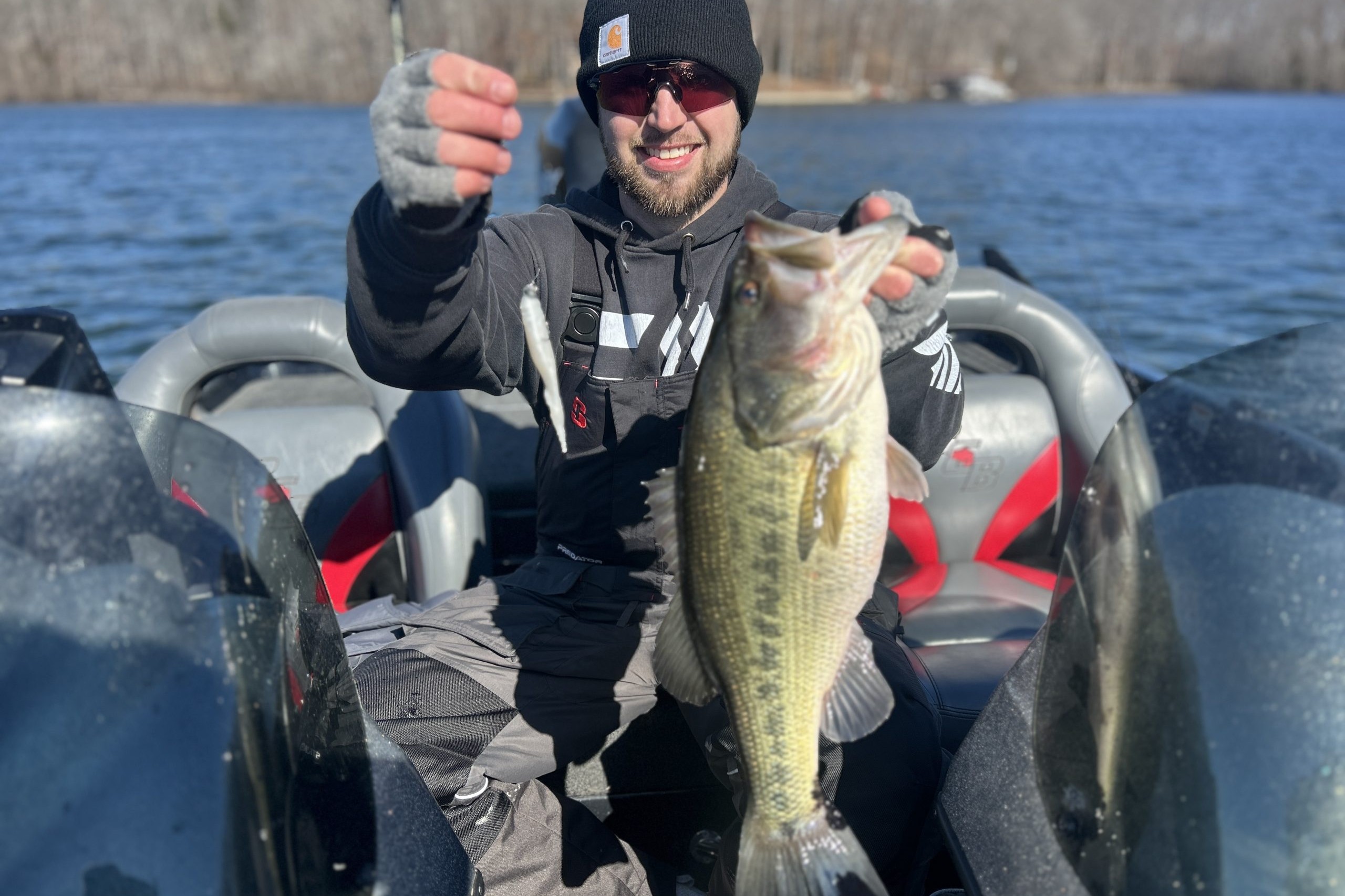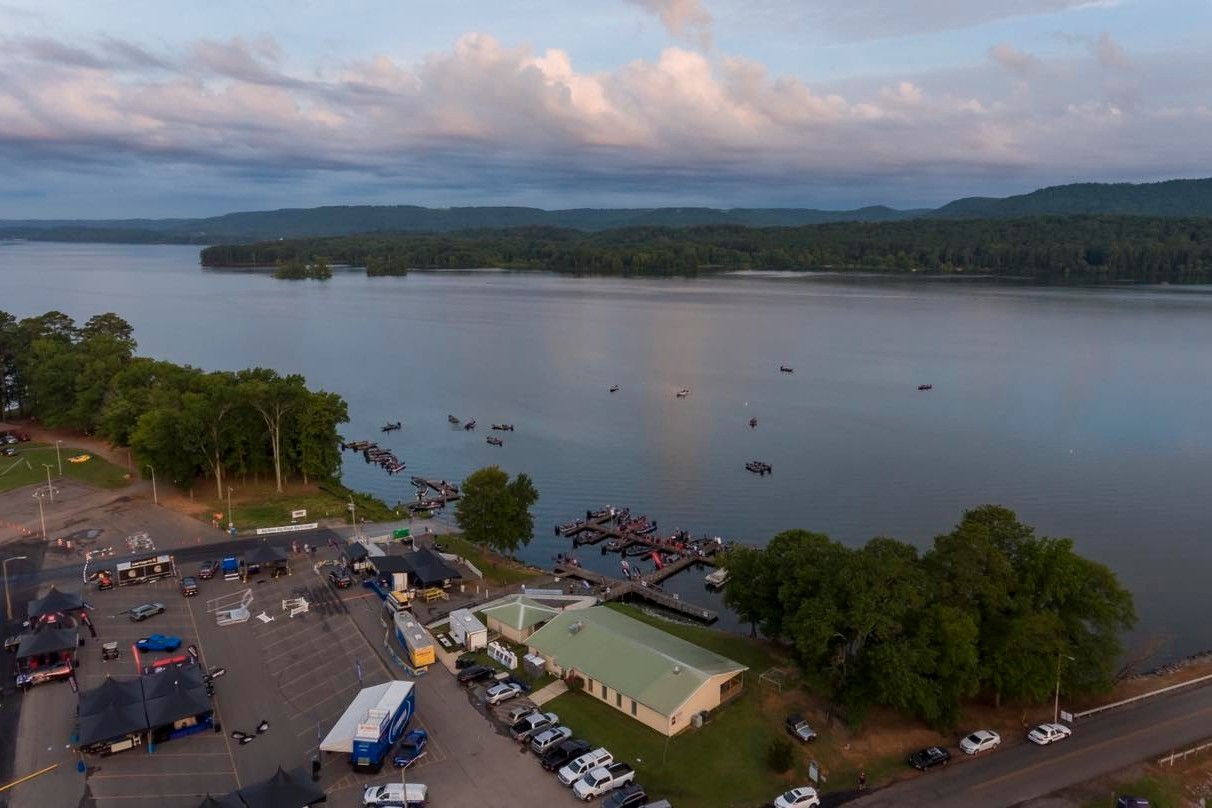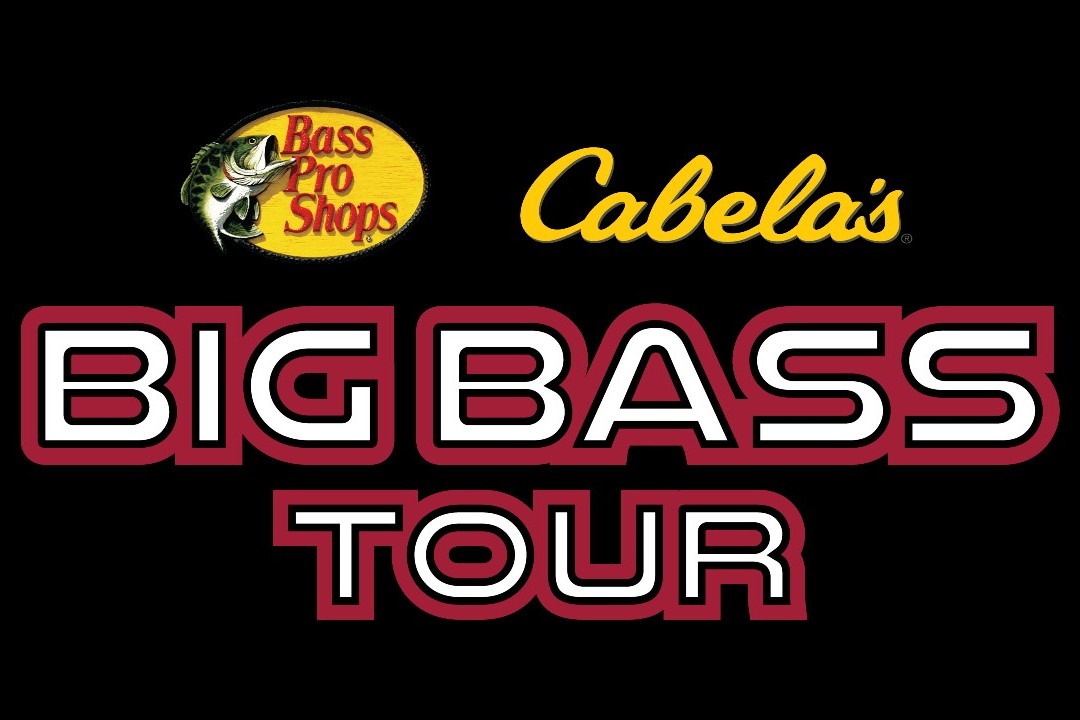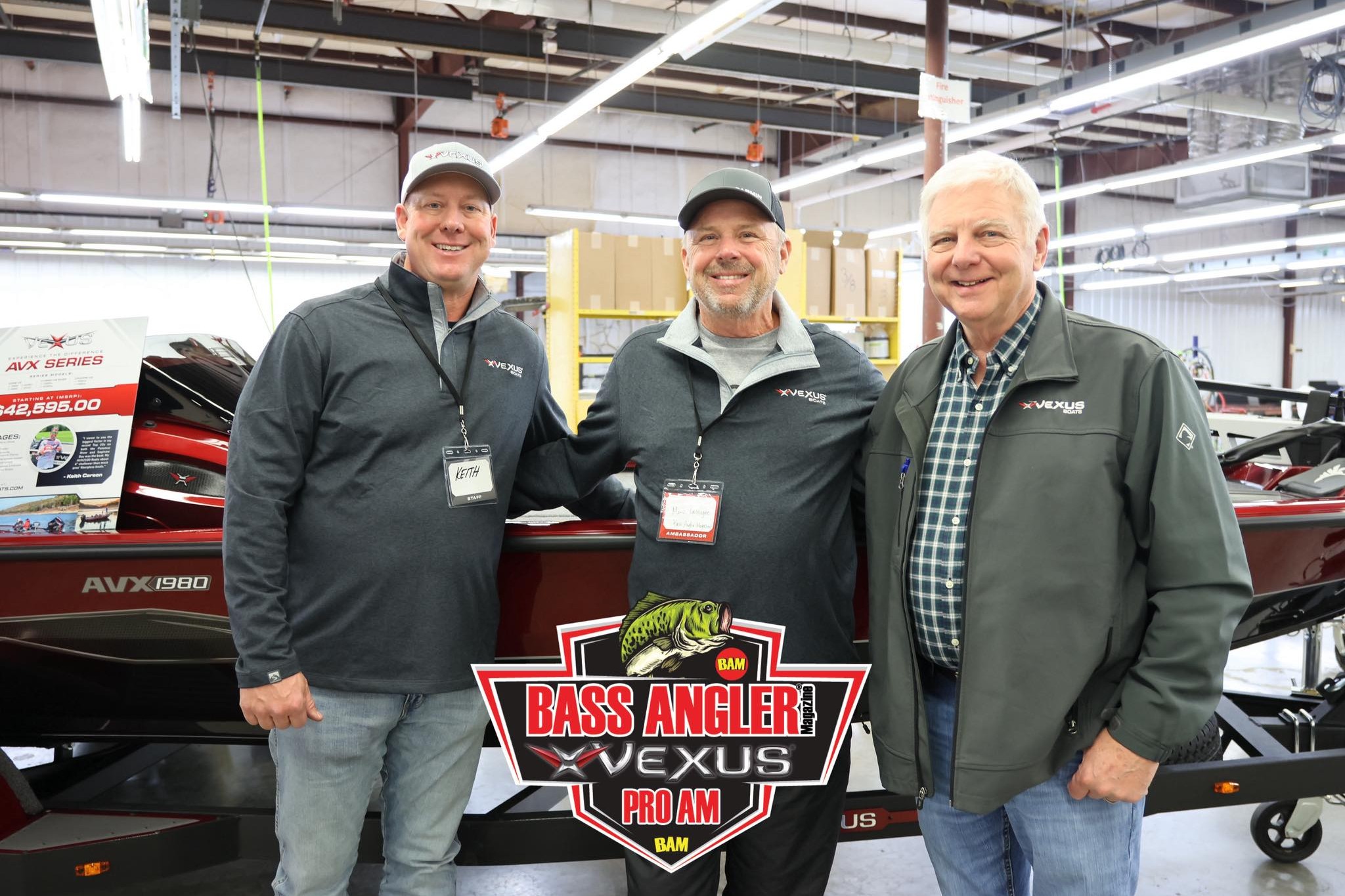Fish Tip Friday – Find a Hard Edge
By Vance McCullough, AC Insider
I’m watching the Bassmaster Elite Series guys jerk dinks on top of dinks out of the Sabine River in hopes of plucking 5 keepers, hopefully a kicker of 3 pounds to anchor hopefully a double-digit limit.
Tommy Sanders takes us back to an Elite Series stop, years ago, at the host city of Orange, Texas where Carl Jocumsen had missed the cut and was providing commentary on Day 3.
“Find a hard edge,” Sanders recalled Jocumsen saying. “That’s why I’m not fishing today is because, in all this high water, I couldn’t find enough of those spots.”
Jocumsen’s advice is dead on the money for those fishing in free-flowing rivers and tidewater environs. In fact, as I write this, he paces the entire field with an 8-pound, 8-ounce limit as competition nears the midpoint of the opening round.
I live a short ride from the St Johns River but not the famous part of it where good fisherfolk go when they die. No, I live near the schizophrenic, semi-salted north end where largemouth share water with redfish, sea trout and flounder. As the old saying goes, the only constant here is change.
And so it goes with any fishery where water flows relentlessly, and in the case of tidal sections, reverses flow twice a day and floods acres of inaccessible ground. In North Florida we see the tide swing up and down sometimes as much as 6 vertical feet along the coast. Again, this happens twice daily. If it spills back into the trees, you often can’t follow far enough to get a lure to the fish that rode up with it.
But you can find those hard edges. ‘Containment banks’ such as seawalls and the docks that squat along them, are obvious targets. Corners are prime. It could be a right angle in the seawall that forms an ambush point or an inside turn that traps bait and accumulates wolf packs of hungry bass working against the clock as the tide ebbs and flows, ceaseless as the sun passing overhead, creating a sense of urgency that makes these fish impulsive yet predictable. At the very least, you can present a bait to these fish.
But what about the sand bars, shell beds and firm banks that held fish at low tide – or in low water situations of any sort? They can produce some of your most memorable days. While smaller fish may run as far back in the woods as the rising water will allow, the biggest bass in an area will often cling to the same structural feature they favored on low water but that still deflects flow when the current is ripping.
Electronics can help, but a good pair of polarized glasses and a low water scouting trip are all an angler generally needs on small rivers and tidal creeks.
Next time you’re out during low water, take note of those subtle hard edges that most anglers will miss. And when the waters rise, so will your catch rate.
